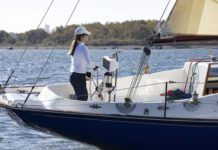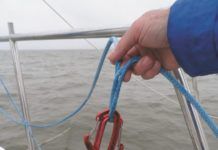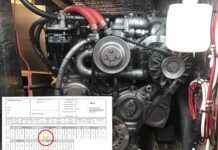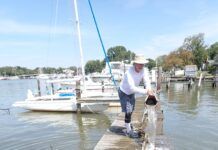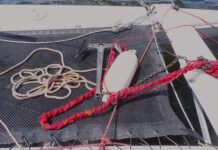Each winter sailors must tackle the project of winterizing their potable water system. Our preferred method is to dry the system completely (see PS September 2014, Step-by-Step Winterizing tips. If thats not possible we completely empty the tank and then treat the plumbing with the correct concentration of anti-freeze. The online version of this article provides all the details you need to carry out this process, as does the recent Inside Practical Sailor blog post, The (Cold) Case of the Frozen Anti-freeze.

Photos by Drew Frye
One of the reasons we prefer draining the system is because of the potential harm to neoprene components caused by propylene glycol, the anti-freeze prescribed for potable systems. Some of the vulnerable components, such as water pump impellers, are hidden from view. Other times, the damage is plainly visible.
In lab tests comparing propylene glycol and ethylene glycol (used only for non-potable systems), we found that a clear plastic water strainer housing exposed to propylene glycol was so crazed that we could no longer see through it for inspection. The strainer exposed to ethylene glycol was also damaged, but the crazing was far less severe. Interestingly, in the bowl exposed to ethylene glycol, the crazing appeared several days later, after the bowl had been rinsed and dried.
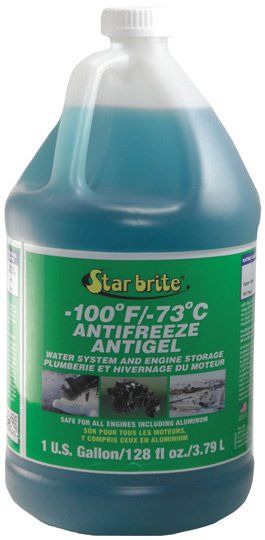
Although this report focuses on potable systems, the caution regarding propylene glycol applies to engine cooling and other non-potable systems as well. Engine cooling pump impellers are often made of neoprene, as are some joker valves used in toilets. For these and other non-potable systems, ethylene glycol is a better choice. Be very careful not to confuse the two. Ethylene glycol is toxic to humans if ingested and should never be used in potable water systems.
Bottom line:Try to drain your potable system completely each winter. If you must use propylene glycol anti-freeze, make sure it is the right concentration and remove any neoprene components. Otherwise, you should plan to replace them in the spring.


